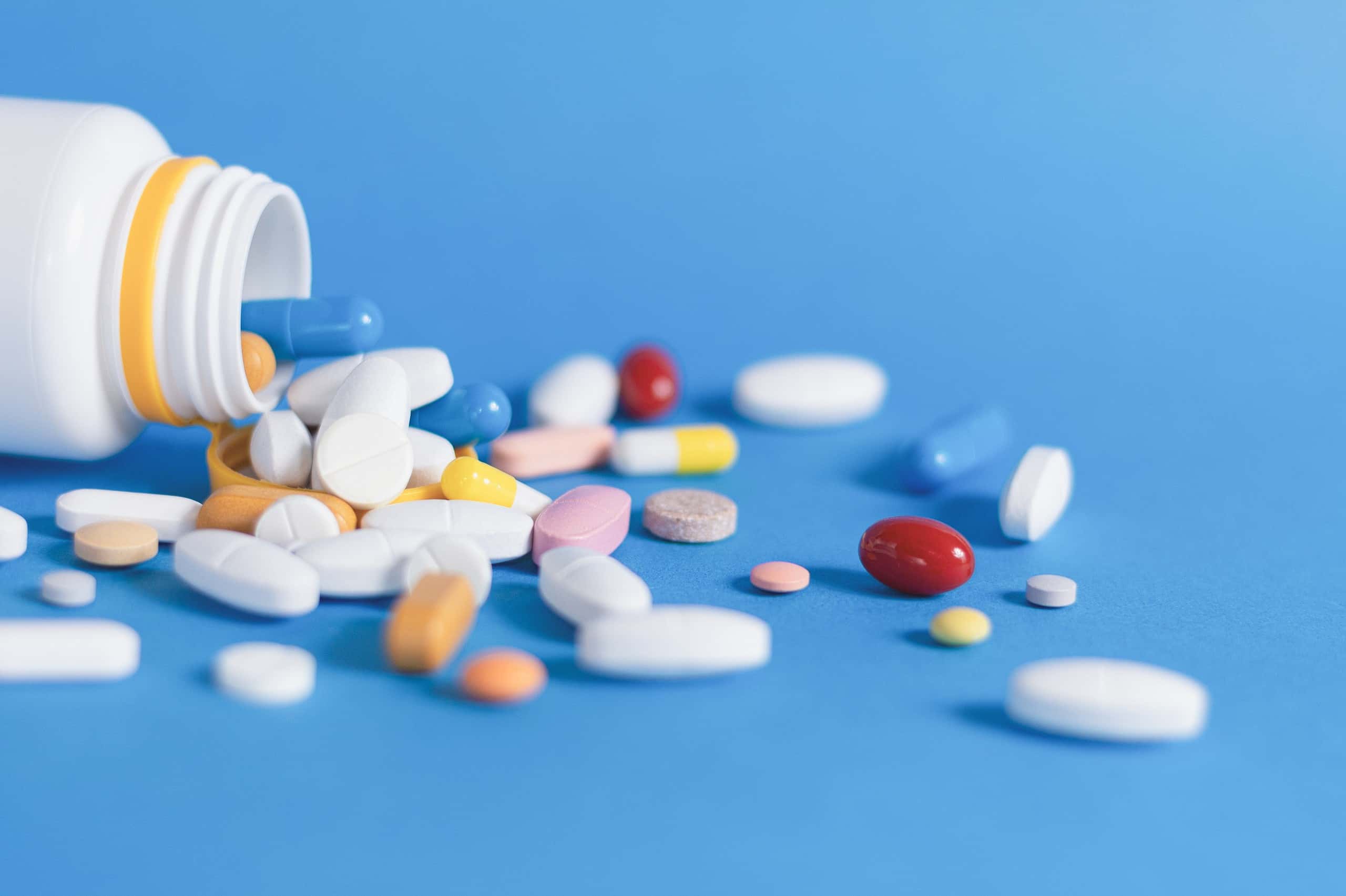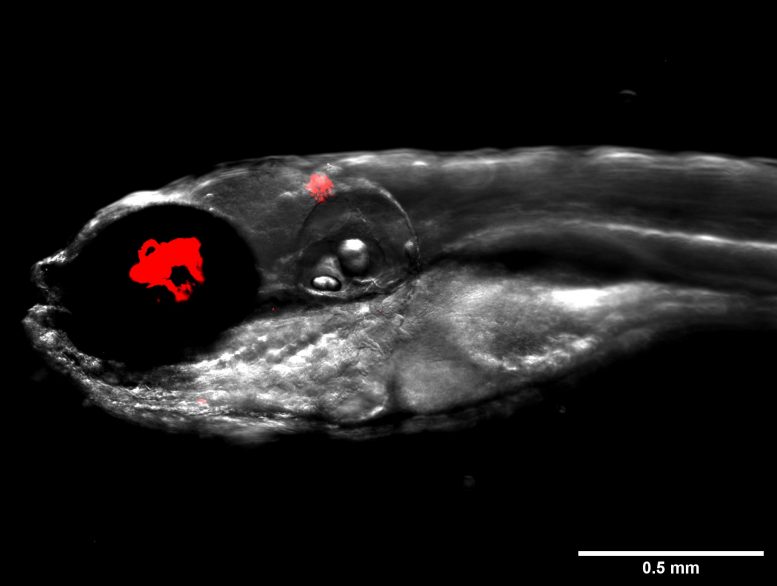Artificial intelligence (AI) is bringing a new era to healthcare. A large part of its value is the ability to collect and analyze data sets to streamline administrative processes, improve diagnosis accuracy, and optimize treatment regimens.
Now researchers have added antibiotic discovery to that list.
Pioneering antibiotic discovery through AI
A recent study published in Nature Machine Intelligence by McMaster University and Stanford University researchers introduces SyntheMol, a generative AI model capable of designing new antibiotics to combat drug-resistant bacteria.
SyntheMol illustrates AI’s potential to revolutionize drug discovery by rapidly designing molecules with antibacterial properties against targets like Acinetobacter baumannii, a pathogen the World Health Organization identified as a critical threat.
Notoriously tricky to eradicate with any known antibiotic, no matter how strong, the potentially deadly A. baumannii can cause pneumonia, meningitis, and infect wounds. Researchers say few treatment options remain. This is where AI steps in.
“Antibiotics are a unique medicine. As soon as we begin to employ them in the clinic, we’re starting a timer before the drugs become ineffective, because bacteria evolve quickly to resist them,” says Jonathan Stokes, lead author on the paper and an assistant professor in McMaster’s Department of Biomedicine & Biochemistry.
“We need a robust pipeline of antibiotics and we need to discover them quickly and inexpensively. That’s where the artificial intelligence plays a crucial role.”
SyntheMol’s ability to generate recipes for synthesizing new molecules addresses a critical bottleneck in drug development—translating AI-designed molecules into tangible treatments. This capability not only speeds up the creation of effective antibiotics but also opens new avenues for AI to solve other pressing healthcare challenges.
In their study, the researchers drew from a library of 132,000 molecular fragments that fit together like Lego pieces but have very different properties. They then cross-referenced these fragments with 13 chemical reactions, allowing them to identify 30 billion two-way fragment combinations and create new molecules with the most promising antibacterial properties.
Each of the molecules designed by this model was then fed into another AI model trained to predict toxicity, so that they could only look at the safer compounds. The process produced six non-toxic molecules with potent antibacterial activity against A. baumannii.
“SyntheMol not only designs novel molecules that are promising drug candidates, but it also generates the recipe for how to make each new molecule,” said co-author James Zou, an associate professor of biomedical data science at Stanford. “Generating such recipes is a new approach and a game changer because chemists do not know how to make AI-designed molecules.”
AI will become healthcare’s gamechanger
New antibiotic discovery is hardly the only use for healthcare’s utilization of artificial intelligence.
These technologies revolutionize diagnosis and disease treatment, particularly with the help of machine learning and deep learning. By analyzing vast amounts of data, AI algorithms can identify patterns and predict outcomes with a level of precision and speed unattainable by humans alone.
For example, deep learning algorithms are increasingly used in radiology to detect cancerous lesions with greater accuracy and much faster than most doctors. AI systems have also been developed to diagnose various conditions from retinal scans, genetic profiles, and even speech patterns.
Another area where AI is making significant strides is the “last mile” problem in healthcare—ensuring patients follow through with prescribed treatments and lifestyle changes. Utilizing machine learning algorithms and natural language processing, healthcare providers can deliver personalized messages and interventions to patients, significantly improving treatment adherence and health outcomes. These AI-driven approaches enable healthcare providers to tailor their communication and interventions based on individual patient profiles, increasing the likelihood of patient engagement and adherence to treatment plans.
As AI technologies evolve, so will their impact on healthcare. This promises a time when enhanced technology and human expertise combine to ideally improve health outcomes for everyone.
Thanks for your feedback!



